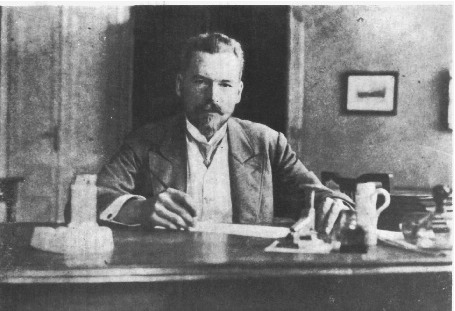Presentation materials
There are no materials yet.
Prof.
Fernando Oliveira
(Universidade de Brasília)
03/09/2018, 16:30
talk
In a recent work [1] a method to derive analytically the roughness evolution was exposed. The method allows to obtain analytically the growths exponents of a surface of $1+1$ dimensions whose dynamics is ruled by cellular automata. The method was successfully applied to the etching model[2,3] and the dynamical exponents where obtained. Those exponents are exact and they are the same as...
Dr
Tadeusz Kosztolowicz
(Inititute of Physics, Jan Kochanowski University, Świętokrzyska 15, 25-406 Kielce, Poland)
03/09/2018, 17:15
talk
In the paper [1] one of the boundary conditions at a thin membrane for normal diffusion has been obtained directly from experimental data. This condition contains the Riemann--Liouville fractional derivative of the $1/2$ order and reads $P(0^-,t|x_0,0)=\left(a+b\frac{\partial^{1/2}}{\partial t^{1/2}}\right)P(0^+,t|x_0,0)$, the membrane is located at $x=0$, the fundamental solution to normal...
Dr
Monika Krasowska
(Silesian University of Technology)
03/09/2018, 17:35
talk
A precise description of the morphology of a material is necessary in order to establish structural and functional relationships [1]. Tools (methods) for morphological analysis should be quantitative techniques, which would yield objective and reproducible values for any morphological structure and enable statistically defined comparisons. The combination of the stereological analysis and...

